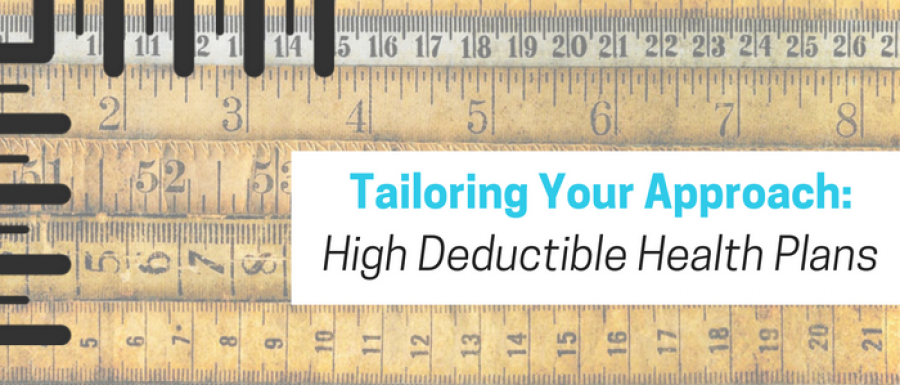
ICD-10 was introduced little more than two years ago, and many people in the medical industry greeted its implementation with apprehension. Despite benefits to the new coding regulations, opponents pointed to the sheer number of new codes as evidence to possible disruptions in the productivity of coding and, more importantly, the process of procuring payment. However, the ability to pinpoint exact details as allowed by ICD-10 has also enabled physicians to better record specific information on patient diagnoses and treatments.
Your Guide To Finding The Right RCM Partner
Even though healthcare organizations have been expected to implement ICD-10 over time, the requirements have been lenient to allow for training and many practices still rely on unspecified codes. However, on October 1, 2016, the grace period ends, and those unspecified codes will no longer be enough to satisfy Medicare and Medicaid. It’s also expected that other insurance carriers will follow the regulations set forth by the Centers for Medicare and Medicaid Services, which means that all coding will need to meet more precise requirements.
This offers some major benefits for physicians who treat patients, the insurance agencies, and government departments gathering information. However, those who work in billing and coding can expect less flexibility in acceptance than they saw over the first year.
Considerations for Collections After the October 1 Grace Period Ends
The grace period was put in place to allow more training for those who work in coding, and additional time to acclimate to the new changes. As of October 1, Medicare, Medicaid, and likely many other insurance agencies will expect healthcare organizations to have successfully completed the proper training and for ICD-10 to be fully implemented.
Here are four things to consider so your payment cycle doesn’t suffer because codes are declined:
1) Analyze the Codes Used Overall.
Run reports to analyze the most commonly used codes by your organization over the past few months. This will give you an idea if you’re overusing unspecified codes and in which areas of treatment.
2) Analyze Codes Written By Specific People.
If you’re running into an issue of seeing unspecified codes used by a specific practitioner or employee, it’s a good indication that they should have further training with the ICD-10 requirements to avoid being declined.
3) EMR Software.
If you’re using EMR software, verify that your vendor is up-to-speed and meets the new coding requirements.
4) Outsourcing Coding.
Outsourcing your coding needs is an excellent solution because the companies that work solely with billing and coding specialize in that area and often have extensive expertise. If you outsource your coding, verify that the company you use is up-to-date on the new coding requirements and that they’re not using unspecified codes which will likely be declined.
ICD-10 offers great advantages in data collection and diagnosis after the implementation process is complete. For practice managers and people who work with medical billing, the next few months will mean paying special attention to the process. Whether your coding is done in-house or through a vendor, it’s important to pay close attention to the way coding is being submitted, to adjust practices where necessary, and diminish any delays in payment.


